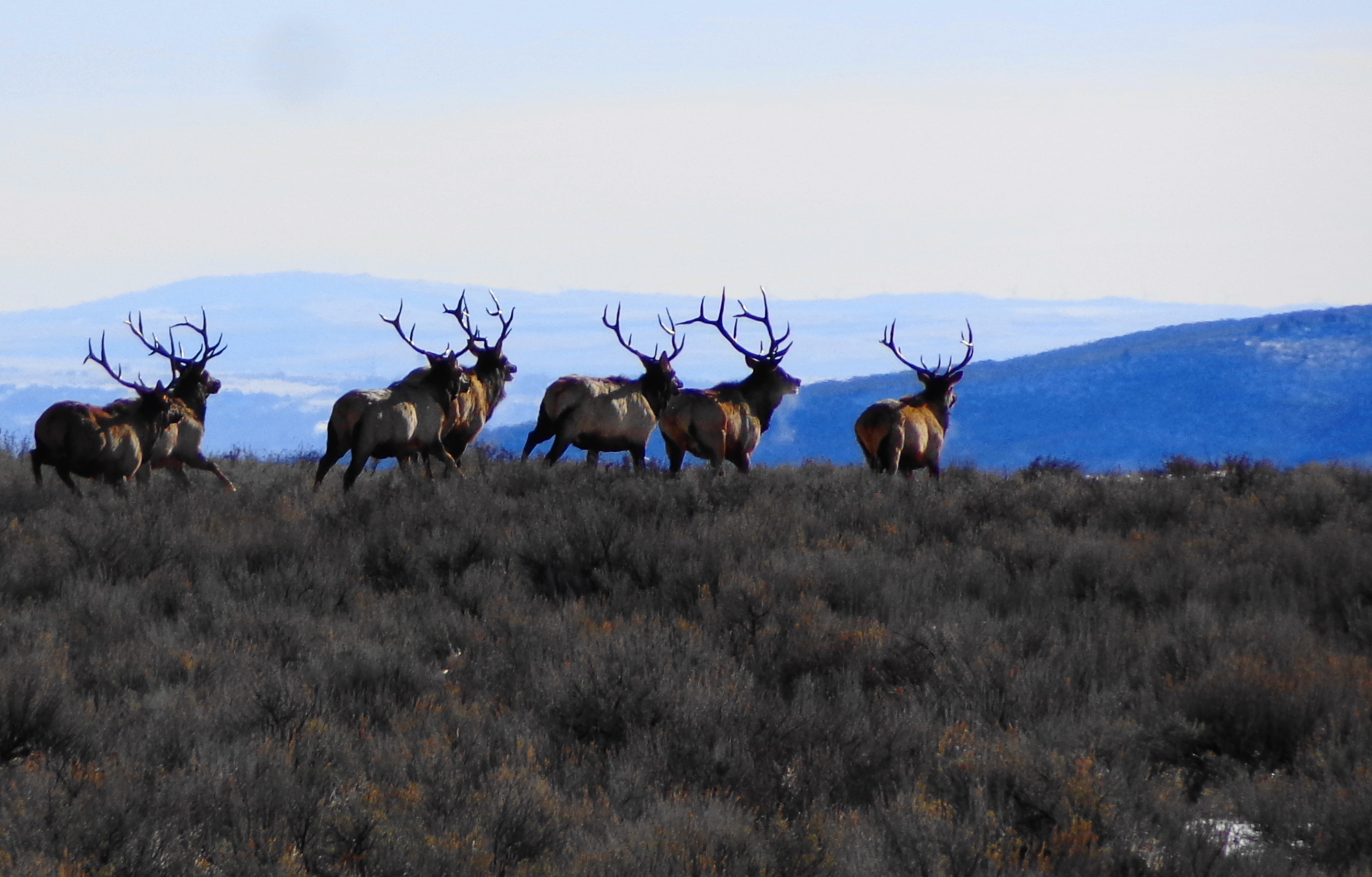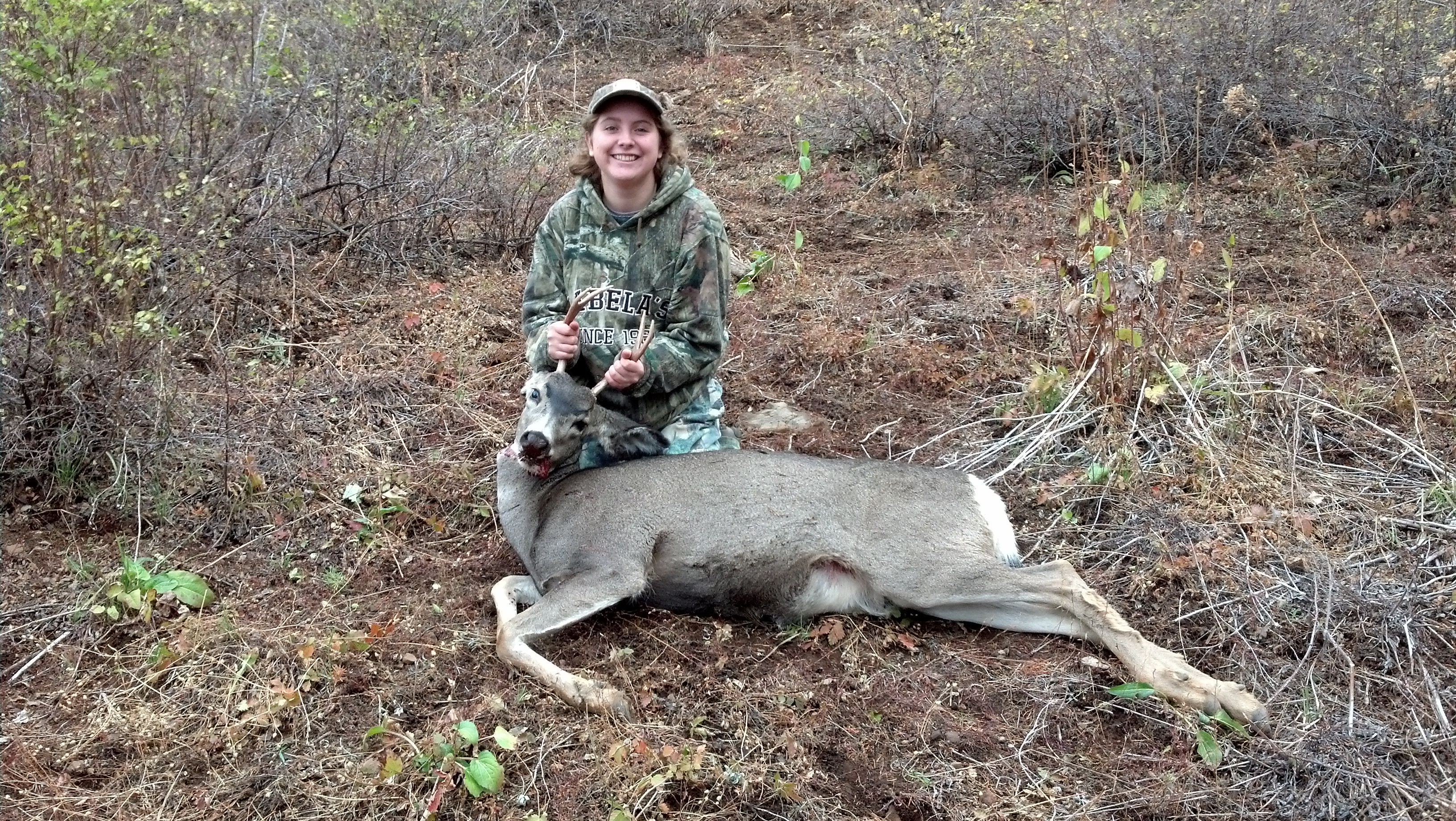Statewide, deer and elk hunting in Idaho looks promising after a tough season in 2023.
Elk, the stalwarts of the mountains generally speaking, have stayed relatively healthy and stable. Statewide, mule deer numbers also appear to be improving, while eastern Idaho’s muleys—after suffering from one of the worst winters on record in 2023—are starting to gradually grow thanks to a much-needed mild winter. While scorching summer temperatures usually present the threat of epizootic hemorrhagic disease (EHD) in white-tailed deer, so far, there’s no sign of any significant outbreaks this year.


















